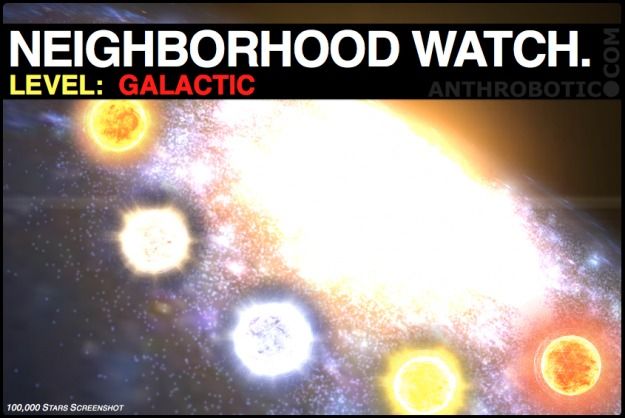Nov 20, 2012
Google’s 100,000 Stars & the Paradigmatic Disruption of Large-Scale Innovation Revisited
Posted by Reno J. Tibke in categories: cosmology, general relativity, human trajectories, information science, physics, scientific freedom, space

The 100,000 Stars Google Chrome Galactic Visualization Experiment Thingy
So, Google has these things called Chrome Experiments, and they like, you know, do that. 100,000 Stars, their latest, simulates our immediate galactic zip code and provides detailed information on many of the massive nuclear fireballs nearby.

Zoom in & out of interactive galaxy, state, city, neighborhood, so to speak.
It’s humbling, beautiful, and awesome. Now, is 100, 000 Stars perfectly accurate and practical for anything other than having something pretty to look at and explore and educate and remind us of the enormity of our quaint little galaxy among the likely 170 billion others? Well, no — not really. But if you really feel the need to evaluate it that way, you are a unimaginative jerk and your life is without joy and awe and hope and wonder and you probably have irritable bowel syndrome. Deservedly.
The New Innovation Paradigm Kinda Revisited
Just about exactly one year ago technosnark cudgel Anthrobotic.com was rapping about the changing innovation paradigm in large-scale technological development. There’s chastisement for Neil deGrasse Tyson and others who, paraphrasically (totally a word), have declared that private companies won’t take big risks, won’t do bold stuff, won’t push the boundaries of scientific exploration because of bottom lines and restrictive boards and such. But new business entities like Google, SpaceX, Virgin Galactic, & Planetary Resources are kind of steadily proving this wrong.
 It was on a long-haul flight many months ago that I recalled a visit to the National Air and Space Museum [1] to a fellow passenger whom I struck up conversation with. Asking if I could recommend somewhere to visit in Washington DC, I recounted how I had spent an entire day amazing at the collection of historic aircraft and spacecraft on my only visit to that city fifteen years or so previous as a young adult — and as always a kid at heart.
It was on a long-haul flight many months ago that I recalled a visit to the National Air and Space Museum [1] to a fellow passenger whom I struck up conversation with. Asking if I could recommend somewhere to visit in Washington DC, I recounted how I had spent an entire day amazing at the collection of historic aircraft and spacecraft on my only visit to that city fifteen years or so previous as a young adult — and as always a kid at heart.








